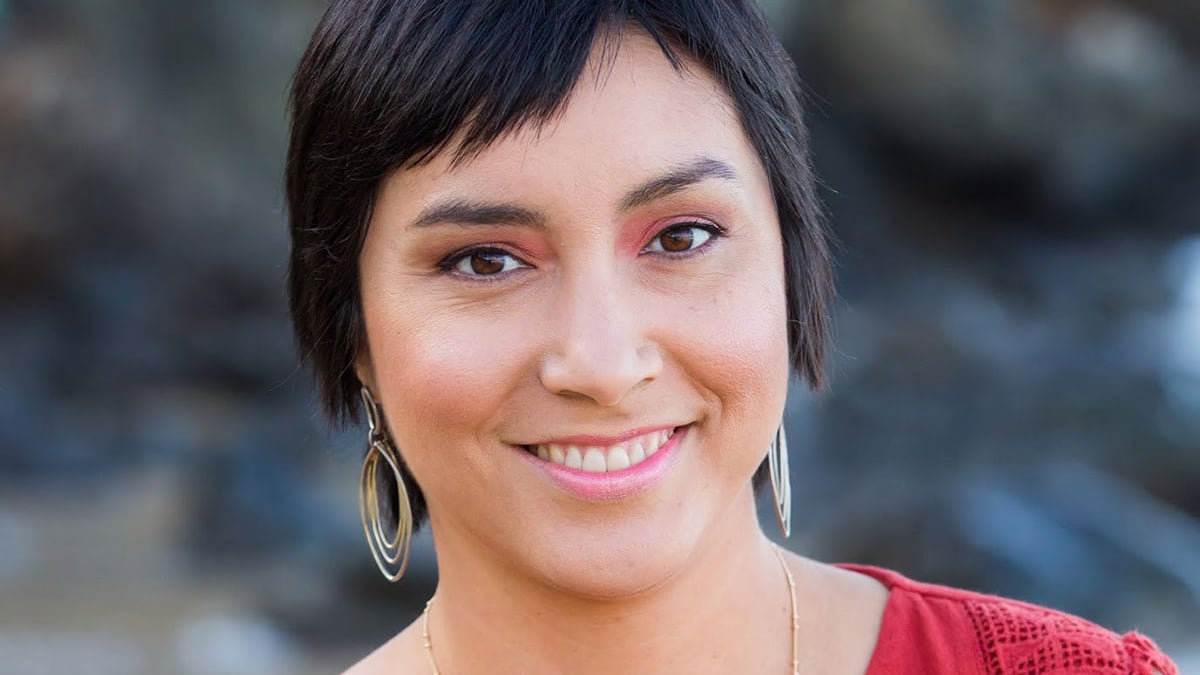In Portland, biking is more than just a mode of transportation—it's damn near a religion.
It's built into the structure of the city, from its numerous bike lanes to the plentiful bike racks for securing your two-wheeled whip in safety. What's often not taken into account, though, are the innermost social mechanisms of biking culture.
As a Southern California-raised, Reed College graduate, Adonia Lugo quickly noticed the disparities in bike riding between Portland and her home region, like the races of riders and their perceived social status. All of that is detailed in her memoir, Bicycle/Race: Transportation, Culture & Resistance (Microcosm, 192 pages, $14.95), which will make you think twice about who's passing you on two or four wheels.
Lugo begins the book with the story of José Umberto Barranco, who was struck and killed on his bike by a drunken driver near Lugo's hometown. Lugo knew the spot where it happened, how the winding of the roads presented a fun curve for drivers, but a danger to bicyclists. Lugo pondered whether there was true justice for Barranco, who was simply trying to get home from work. The incident is one Lugo comes back to throughout the book—Barranco's method for getting around was impeded by someone else's, which is common in places where cars hold priority. In her memoir, she questions why Portland is so easily accepting of bikes as a vehicle, why Southern California isn't, and why people of color seem to be absent from those narratives—at least, in a positive sense. Bike advocacy often focuses on infrastructure as urban amenities for upper-middle-class people biking to business districts, while the stories of riders like Barranco, who bike out of a financial necessity, are often ignored.
I'm also a former Californian raised not too far from Lugo's hometown of San Juan Capistrano, and have also lived in Long Beach, where Lugo does now. Her book struck a chord with me. The number of bicycles I saw flooding Portland streets when I first arrived here took me by surprise, especially since nearly all of the riders were white. A large issue with bike culture, both here and in Southern California, is its homogenous ridership. It's an issue that Lugo speaks a lot about that in her memoir, and which I asked her some questions about.

WW: You mention in your book how your racial identity never really crossed your mind when riding in Portland. Was that ever a conversation you had with other riders out here?
Adonia Lugo: I didn't talk about it with people in Portland until I lived there again in 2013. At that point, there were a number of folks talking about the issue, either because they understood that the racial tension was an issue or because they had an uncomfortable sense that something was wrong in how white the scene was. The North Williams [Avenue] bike lane project had happened in the years between when I left Portland and when I moved back briefly, and that seemed to have raised the topic for many people who had not thought about bicycling and race issues before.
Out here, I drive, because as a woman of color, it does feel safer to me to be within the confines of a metal box. Do you have any sort of advice for people in my position, who don't want to be any easier of a target in a place like Portland?
It always bugs me when bike advocates or planners talk about "barriers" to cycling and the framing of the question is, "Why won't (blank) bike more?" as though women or people of color are wrong and need to be corrected. If you're asking people to expose themselves in a way that they have good cause to think will make them a target of violence or unwanted attention, maybe you're the one being a barrier.
There's a lot of status associated with having the economic security to own a private vehicle. I don't think the conventional bike world is anywhere near grasping how important these status issues within transportation can be, largely because the folks who have shaped bicycle research, advocacy and planning come from backgrounds of economic security. This is something I tried to highlight in my book with the contrast between "captive riders" and "car-free" lifestyles. No doubt part of that status of being able to travel by car comes from the need to feel secure against racism and discrimination as well. This is complex stuff that deserves more attention than it has gotten from white-dominated approaches to promoting bicycling.
Would you say the thought processes surrounding riders of color is changing?
I'm happy to be part of the community around "mobility justice" here, where we promote a broader notion of what it means to be safe in streets that includes the realities of communities of color and immigrants. However, just because we are talking about things like racial bias in policing and [U.S. Immigration and Customs Enforcement] as barriers to street safety doesn't mean that there isn't still a dominant view of built environment interventions as the only solution. That's why I don't work in bike advocacy anymore. Most bicycle advocacy groups still primarily focus on lobbying cities to invest in bicycle infrastructure projects, rather than taking on the other aspects of what makes riders from marginalized communities experience unsafety when traveling in roadways. There's the public at large that may still hold on to ideas about bicycle riders as lowlifes who they don't want in their neighborhoods. That kind of NIMBY thinking is largely what bike advocates have tried to address through the gentrification strategy of associating bicycle projects with urban renewal and economic redevelopment. To say "bikes mean business" is a way of raising the value of bicycling to largely racist, classist residents.
Is making biking more racially inclusive something the city itself should try to take on and not just leave in the hands of bike advocates?
For sure. The city should look past infrastructure projects as the method for promoting bicycling in all neighborhoods. Shouldn't taxpayer dollars go to more kinds of projects than just those available through planning firms? The extremes of negative images of bicycling in this country are pretty paradoxical. A person can dislike bicyclists because they think of them as lowlifes, racial undesirables, the homeless or other groups that they associate with some kind of threat. Then, on the other end of the spectrum, a person can dislike bicyclists because they are privileged white men who think they own the road, riding their fancy sport bikes in Lycra and getting in the way. I would say that each neighborhood will probably have a mix of those attitudes held by residents, and it's worth digging in before assuming that something like a bike lane or bike share will be seen as something positive.

Oregon Cycling Trips From Everyday To Epic
Experts Address the Fears and Questions of Beginner Cyclists
A Skeptic's Guide to Popular Portland Bike Rides
Five Campsites You Can Bike to From Portland Without Suffering

